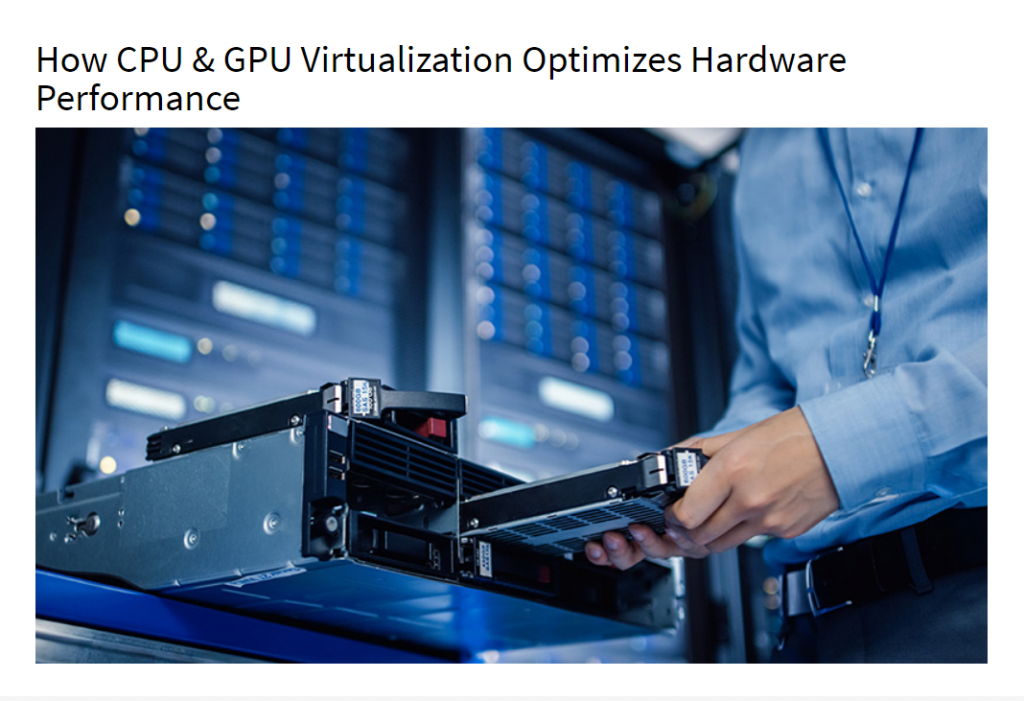From the early days of digital technology, one of the most common parameters used by companies was a measure of maximum capacity often referred to as “headroom.” As an example, when deploying a fleet of desktop computers for a team, the individuals responsible for specifying the models considered the maximum processing power and memory the users might need,even if for just a few moments every now and then. Most of the time, a given user probably wouldn’t user more than 20 percent of a computer’s resources, but it was important to have the extra headroom just in case it was needed.
When the technology is comparatively inexpensive, that approach makes perfect sense. But when
that kind of thinking is applied to hardware that represents a significantly higher capital expenditure –
such as the powerful graphic processing units (GPUs) critical for applications such as flight simulators,
wireframe design, machine learning, and artificial intelligence – it can overwhelm an OEM’s budget.

































































